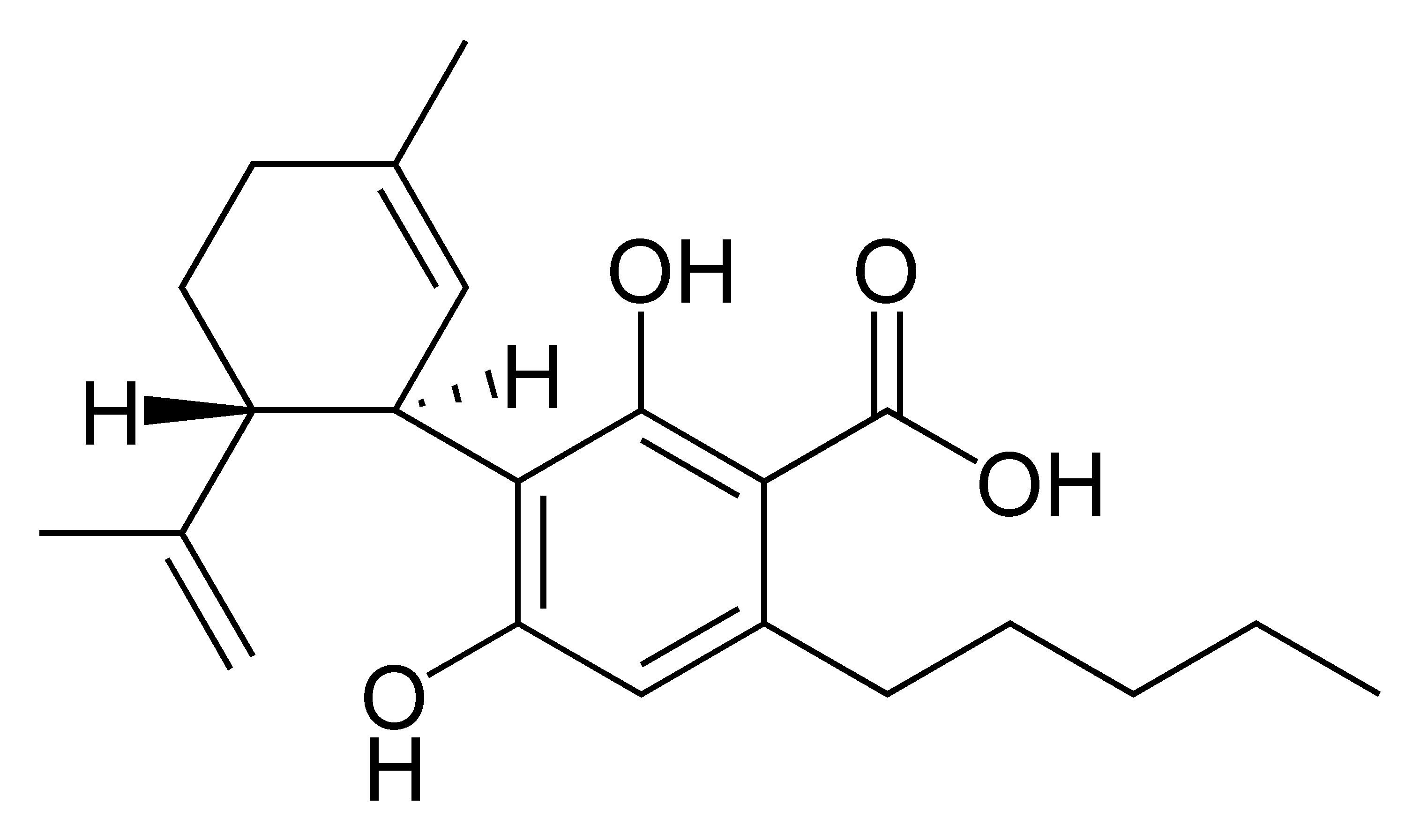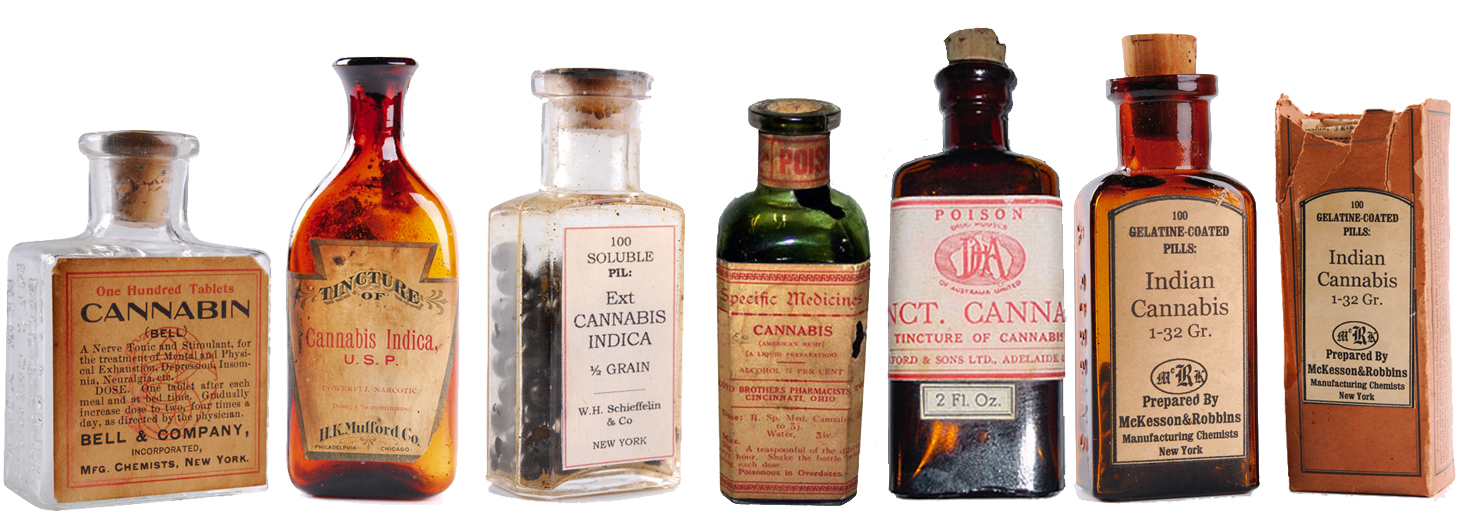RSOCaps.com Cannabinoid Table
Determine which cannabinoids help treat symptoms associated with your medical conditions.
The Cannabis plant has a long history of medicinal use dating back thousands of years across many cultures.
From 1850 to 1937, cannabis was used as the prime medicine for more than one hundred forms of illnesses and diseases in u.s. Pharmacopoeia.
The eighty plus compounds only found in cannabis, known as cannabinoids, interact with the natural endocannabinoid system in our body to induce effects within our nervous system and immune system.
The endocannabinoid system seems to be essential in most biological processes including appetite, pain-sensation, mood, memory, energy balance, metabolism, stress response, immune function, blood pressure, reproduction, and many other regulatory functions.
The natural chemicals produced by the body that interact within the endocannabinoid system are called endocannabinoids or endogenous cannabinoids, and like THC and CBD, they also interact with the same receptors to regulate important functions within body. When the different cannabinoids and endocannabinoids work together, they help keep us balanced and therefore healthy.
Endocannabinoid receptors are also found in almost all organs, tissues, glands, and cells, but are most prominent in the brain. Each receptor performs various tasks depending on where it is located, but the end goal for each site is to maintain the stable internal conditions that are required for homeostasis and survival.
This internal regulatory system is literally a bridge between mind and body. By understanding the interaction between the endocannabinoid system, and the various therapeutic applications of cannabinoids, we may potently discover how to treat or cure some incurable diseases.
Determine which cannabinoids help treat symptoms associated with your medical conditions.

THC - Tetrahydrocannibinol
THC is most responsible for the psychoactive effect when consuming cannabis, it has an analgesic effect, relieving symptoms of pain, inflammation, nausea and vomiting. THC has anti cancer/tumor properties and has been shown to stimulate apatite, suppress muscle spasms, help control ADD/ADHD, asthma, tourette's, and cachexia.
Relieves Pain
Stimulates Appetite
Suppresses Muscle Spasms
Reduces Vomiting and Nausea

CBD - Cannabinoid
CBD is the second most abundant compound found in the cannabis plant. Many of the medical benefits of cannabis are actually attributed to the CBD content of the medicine. Cannabinoid has strong anti-inflammatory anti-anxiety, anti-psychotic, anti-nausea, anti-rheumatoid arthritic, and anti-convulsive properties but is not a psychoactive like THC. Recent research demonstrates that CBD may even enhance and regulate the medicinal and psychoactive effects of THC.
CBD has also been shown to have some anti cancer/tumor properties, along with controlling chronic pain, inflammation, migraines, arthritis, muscle spasms, epilepsy, schizophrenia, diabetes, mood disorders (PTSD to ADD) and neurodegenerative diseases such as Alzheimer's and Parkinson's.
Antibacterial
Inhibits Cancer Cell Growth
Neuro-Protective Antioxidant
Promotes Bone Growth
Reduces Seizures and Convulsions
Reduces Blood Sugar Levels
Reduces Function in the Immune System
Reduces Inflammation
Reduces Risk of Artery Blockage
Reduces Small Intestine Contractions
Reduces Vomiting and Nausea
Relieves Pain
Relieves Anxiety
Slows Bacterial Growth
Suppresses Muscle Spasms
Tranquilizing
Treats Psoriasis
Vasorelaxant

CBN - Cannabinol
CBN is an analgesic that is derived from the degradation of THC through heat and oxidization. It is slightly psychoactive, known for its sedative effect and relieving pressure behind the eyes for those suffering from Glaucoma. Cannabinol's primary effects are anti-spasmodic, anti-epileptic, antidepressant, and anti-anxiety.
Sedative
Anti-Spasmodic
Anti-Epileptic
Antidepressant
Anti-Anxiety

CBG - Cannabigerol
CBG is non-psychoactive, most known for its anti-bacterial effects and it's aid in relieving intraocular pressure. Recent research has discovered that CBGA, the precursor to GBG, is the template for both THCA and CBDA. This means that both THC and CBD start out as CBG in the cannabis plant. CBG has also been found to inhibit the uptake of other cannabinoids, and can also alter the overall therapeutic effects of cannabis.
Aids Sleep
Inhibits Cancer Cell Growth
Promotes Bone Growth
Slows Bacterial Growth

THCV - Tetrahydrocannabivarin
THCV is known to regulate the degree of psychoactive effect from THC, act as an anti-convulsive, appetite suppressant and can be used to treat metabolic disorders. THCV has also been found to reduce panic attacks, aid in the management of PTSD, improve insulin production and lower blood sugar levels. THCV is nearly identical to THC and is most commonly found in cannabis sativa. The euphoric effects are much more clear-headed and shorter lived than THC.
Reduces Convulsions and Seizures
Promotes Bone Growth
Appetite Suppressant

CBC - Cannabichromene
CBC is a non-psychoactive pain inhibitor, thought to have an anti-viral, anti-inflammatory, anti-proliferative, and analgesic effect. Research has been done suggesting that CBC inhibits the growth of cancerous tumors and could also have an encouraging effect on brain cell regrowth. While not fully understood, studies suggest CBC can improve the over all effects of cannabis and is most therapeutic in synchronicity with CBD and THC.
Inhibits Cancer Cell Growth
Promotes Bone Growth
Reduces Inflammation
Relieves Pain

THCA - Tetrahydrocannabinolic Acid
THCA is the most prominent cannabinoid found in fresh undried cannabis plants. When cannabis is heated the naturally non-psychoactive THCA breaks down into psychoactive THC. THCA has shown to inhibit the growth of cancerous cells and known for its anti-proliferative, anti-inflammatory, anti-spasmodic, and energizing effects.
Aids Sleep
Inhibits Cancer Cell Growth
Suppresses Muscle Spasms
Neuroprotective
Antiemetic

CBDA - Cannabidiolic Acid
Much like THCA, CBDA is the raw acid form of CBD. When heated up CBDA becomes CBD. CBDA is thought to have anti-inflammatory, anti-nausea, anti-proliferative and anti-bacterial effects, as well as helping to fight cancer.
Slows Bacterial Growth
Reduces Vomiting and Nausea
Reduces Inflammation Systemically
Inhibits Cancer Cell Growth
